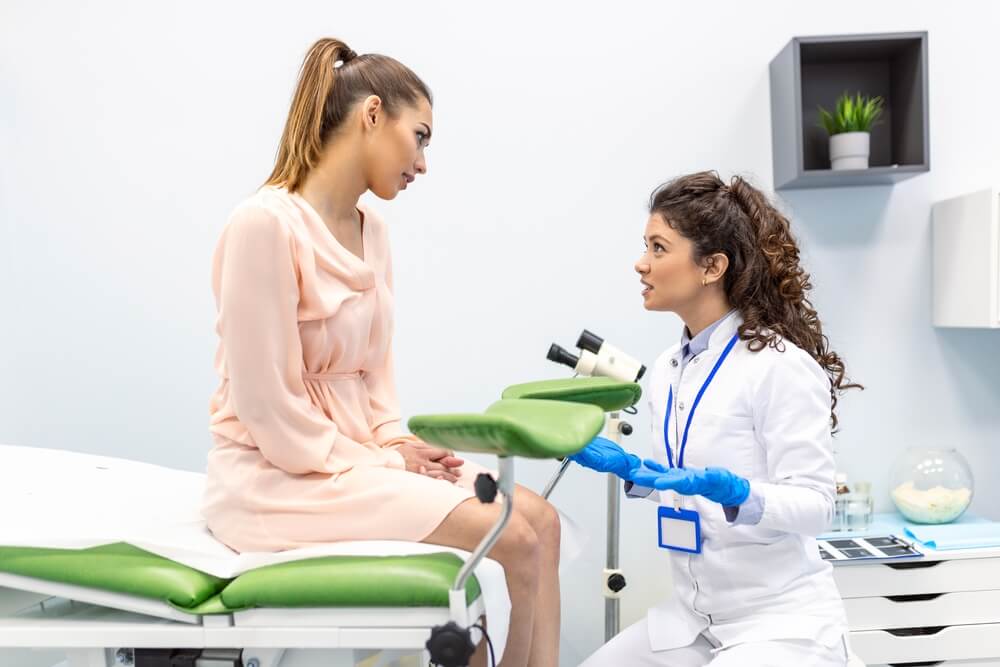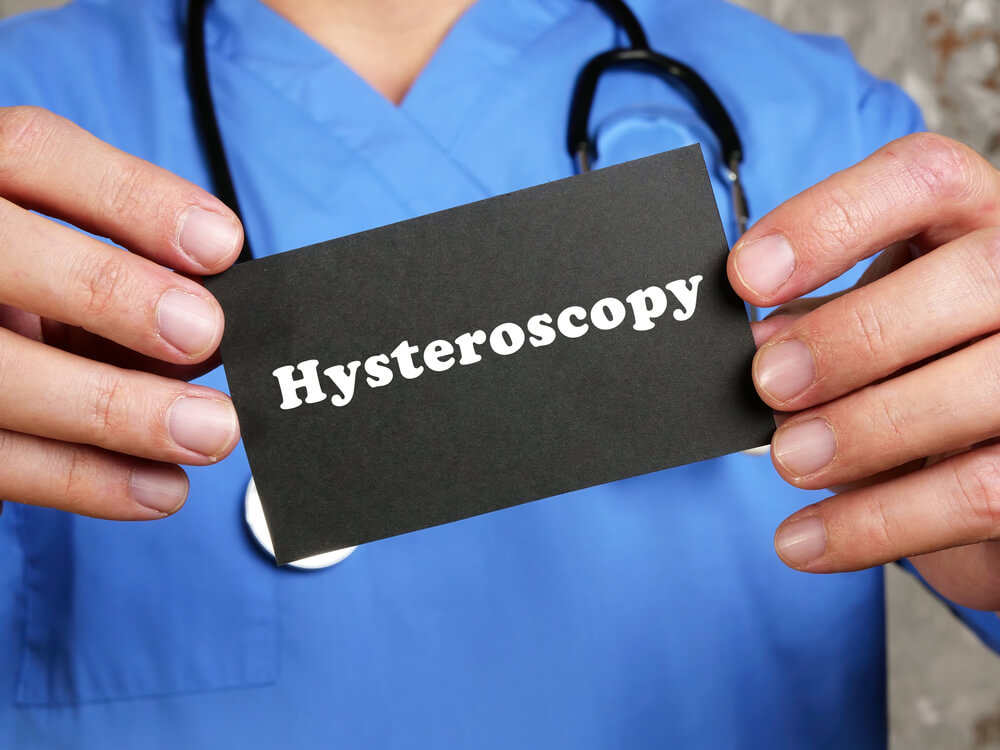Hysteroscopy is a gynecological procedure that is used to diagnose and treat issues with excessive bleeding in women. This procedure gives the doctor a chance to have insight into the uterus and detect the causes of heavy bleeding.
The instrument used during a hysteroscopy procedure is called a hysteroscope, and it is a thin tube with a light on top, which gets inserted through the vagina so that the doctor can examine the cervix and the inside of the uterus.
This procedure can be both operative and diagnostic, depending on the patient’s needs. Further down in the article, we will discuss these two approaches in more detail, so keep reading.
Hysteroscopy is considered a minimally invasive procedure, so if you are looking for services that offer minimally invasive surgery in Boca Raton & Boynton, FL, make sure you also visit Women’s Health Partners because the quality of their service and their professional staff will surely show you that they cannot be competed with.
Diagnostic Hysteroscopy Versus Operative Hysteroscopy
As mentioned previously, hysteroscopy can be used as a diagnostic tool or as a treatment option. Here are the main differences between these two approaches:
- Diagnostic hysteroscopy is usually performed to either diagnose issues with the uterus or to check and confirm the results of tests done by other medical professionals. One of these tests is called HSG or hysterosalpingography, which is an X-ray test used to examine your uterus and fallopian tubes. HSG takes less than five minutes, and it can be crucial for women battling infertility issues.
Diagnostic hysteroscopy is usually performed at a doctor’s office without any need for additional equipment and procedures. Sometimes, doctors use this approach to complement other procedures such as laparoscopy, dilation, and curettage.
- Operative hysteroscopy is used to treat irregular conditions detected during a diagnostic hysteroscopy. The positive side of this is that these do not have to be two separate procedures, and the operative approach can follow right after the doctor gives a diagnosis, so there is no need for two surgeries.
A hysteroscope is used as the instrument for both procedures, and small instruments used for corrections and treatments are inserted via the hysteroscope.
Different conditions can be treated with an operative hysteroscopy, and usually, patients prefer this approach because it is minimally invasive and the recovery time is not long. Below is a list of the conditions one can treat with this method:
- Growths such as polyps and fibroids in the uterus are easily removed with a hysteroscopy.
- Adhesions in the uterus, which are practically accumulations of scar tissue forming in the uterus which negatively affect fertility and the menstrual cycle in women
- Heavy bleeding is one of the conditions whose causes can be identified with a hysteroscopy. This immensely helps women deal with menstrual bleeding and normalize their cycle.
- Malformation of the uterus called septum is detected with the help of a hysteroscopy.

Who Is Eligible for This Procedure, When to Do It, and What Does It Look Like?
Almost all women are eligible for a hysteroscopy because of its noninvasive nature. This said, there are still certain conditions that might prevent you from having this procedure, and they are:
- Heavy uterine bleeding
- Potential pregnancy
- Potential pelvic inflammatory disease
- Vaginal infections
If none of these is something you are struggling with now, then you are most probably a good candidate for the procedure. Maybe it is important also to mention that age is not a factor, and that hysteroscopy procedures are done to identify and treat issues in women during both their menopausal and postmenopausal eras.
When discussing the appropriate time to schedule a hysteroscopy procedure, the best option is seven days after your menstrual period. This window gives the doctors an optimum view of the inside of the uterus, so aim to schedule your appointment at this time.
As far as the procedure goes, here are the steps that are usually taken for a successful hysteroscopy:
- Before the beginning, the doctor might give you a sedative or a prescription for one.
- Also, anesthesia is given in some cases, be it local, regional, or general.
- The patient lays down on an examination table with their legs in the stirrups.
- The medical professional dilates the cervix and inserts the hysteroscope.
- The instrument is inserted via the vagina and cervix into the womb.
- A liquid solution or gas is placed within the uterus to expand the organ and clear it from blood residue or mucus.
- The light on the top of the hysteroscope is used to illuminate the way and clearly help the doctor see the organs, such as the uterus and fallopian tubes.
- Lastly, if the doctor decides to perform surgery because they diagnosed an issue, small surgical instruments are placed inside the uterus through the hysteroscope.
The procedure can last from five minutes to an hour or more. The appointment’s length depends on the issue’s complexity and the amount of time needed to treat it using operative hysteroscopy.
Regarding recovery, it is essential to note that only if the doctor used regional or, general anesthesia do the patients need to stay a few hours for observations. In all other cases, the patients can go home right after the appointment. You might feel cramping or experience some vaginal bleeding for the first few days after the procedure. It is also not out of the ordinary to feel sick or dizzy, as well as have shoulder pains.
All of the symptoms mentioned above are not supposed to last longer than a few days, so if they continue appearing, with the addition of fever, severe pain in the abdomen, and heavy vaginal bleeding, please contact your chosen medical caregiver as soon as possible.

What Are the Benefits and the Risks?
There are many benefits to a hysteroscopy procedure and very few risks. The benefits include:
- A short time of recovery
- Shorter stay in the hospital
- Reduced amount of pain medication post-surgery
- Potential avoidance of procedures such as a hysterectomy and an open surgery of the abdomen
- Relatively safe
- Minimally invasive
The risks can include:
- Issues with anesthesia
- Different infections
- Heavy bleeding
- Perforation of the uterus
- Surgery-related injuries of the cervix, bladder, bowels, or the uterus
- Allergy to the liquids and gases used during the procedure
- Scarring within the uterus
The complications related to a hysteroscopy procedure happen in less than one percent of the cases, so it can be mainly considered safe.
We Are Here!
It does not matter if you want to just schedule a consultation or get an entire hysteroscopy procedure; our professional and expert staff is here for you. Feel free to contact us every weekday, and we will ensure you get all the care and support you need because procedures involving your reproductive health are crucial but stressful nonetheless. We are here, so just give us a call! Women’s Health Partners is your partner, and you should be given the best possible care available.


